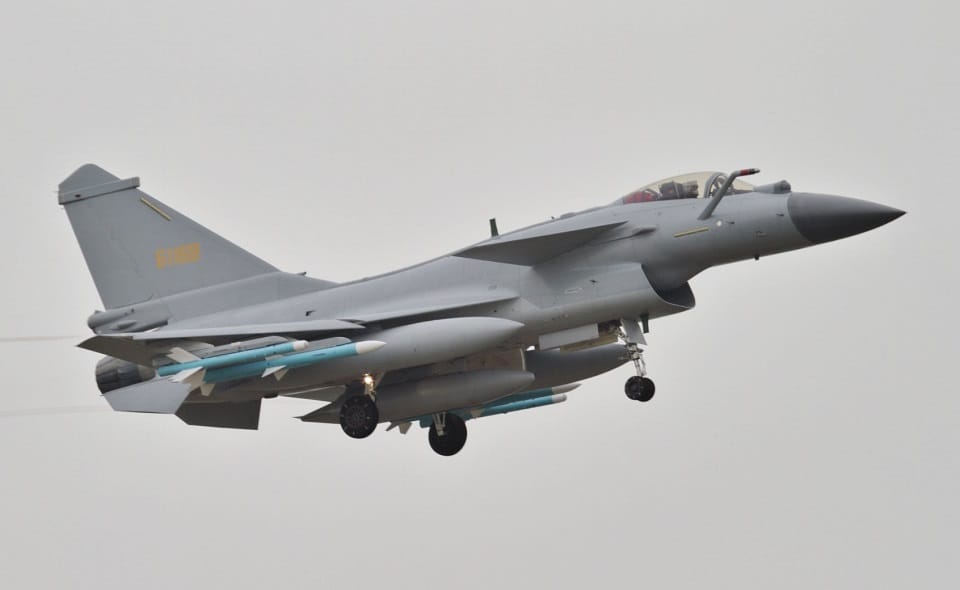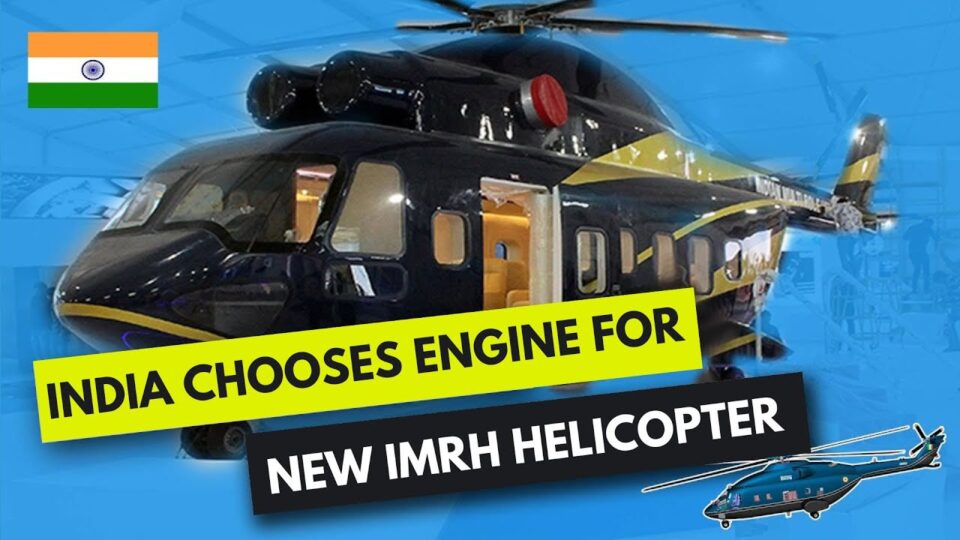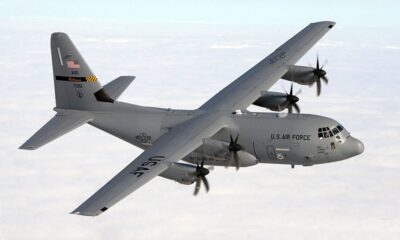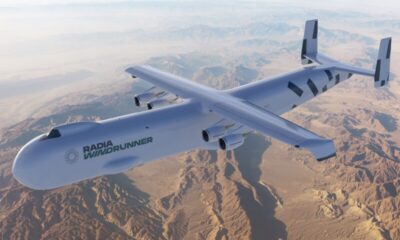Aviation
Egypt has signed an agreement with China to purchase J-10C fighter jets

Egypt has become the second country, after Pakistan, to order China’s Chengdu J-10C “Vigorous Dragon” fighter jets, marking a significant shift in its military strategy.
The announcement, made during the inaugural Egypt International Air Show from September 3 to 5 at El Alamein International Airport, reveals Egypt’s intent to replace its aging fleet of U.S. F-16s.
The J-10C, a highly capable 4.5-generation multi-role fighter jet, was showcased by China for the first time on African soil during the air show. It features advanced air-to-air and air-to-ground weaponry, making it a formidable alternative to Egypt’s current fleet.
Known for its air superiority missions, the J-10C has often been compared to the American F-16, which has been the backbone of the Egyptian Air Force since the 1980s.
However, with Egypt’s F-16s now considered outdated against modern air defense systems, the decision to transition to the Chinese fighters underscores a major upgrade in Egypt’s combat capabilities.
This move not only signals Egypt’s intent to reduce its reliance on U.S. defense systems but also reflects a broader shift in its international alliances.
Despite a long-standing defense relationship with the U.S., evidenced by a recent acquisition of C-130J Hercules transport aircraft through the U.S. Foreign Military Sales program, Egypt is clearly looking eastward.
The decision comes amid growing concerns over U.S. policies in the Middle East, including its stance on Israeli operations in Gaza, which may have influenced Cairo’s pivot to Chinese military technology.
China’s increasing presence in the Middle East and North Africa is bolstered by such deals, as Beijing continues to expand its influence through military cooperation and economic partnerships, particularly in energy imports.
The Egypt International Air Show provided a platform for showcasing this growing military-industrial relationship.

Aviation
India Launches Its Medium-Lift Class Helicopter Program, chooses New Engine

India’s longstanding need for a Medium Helicopter may soon become a reality as the country has fully ramped up its engine development efforts. This new helicopter is set to replace the Russian-built models currently in service and will play a crucial role across various scenarios for the Indian Armed Forces.
Hindustan Aeronautics Limited (HAL) and SAFHAL Helicopter Engines Pvt. Ltd. (SAFHAL) have launched a groundbreaking partnership to develop a state-of-the-art high-power engine named Aravalli.
This new engine will power the upcoming 13-ton Medium Lift Helicopter (IMRH) and the Deck-Based Multi-Role Helicopter (DBMRH), both of which are being designed and developed by HAL.
Named after the majestic Aravalli mountain range in India, the Aravalli engine symbolizes the country’s drive for self-reliance, or Aatmanirbharta, in critical engine technologies. This cutting-edge engine will be instrumental for the IMRH, a versatile 13-ton multi-role helicopter designed to meet the needs of the Indian armed forces, and the DBMRH, a 12.5-ton naval variant tailored for the Indian Navy.
The IMRH is poised to become a cornerstone of the Indian armed forces over the next decade. With its first flight expected in 3 to 4 years, the IMRH is anticipated to begin induction by 2030, with plans to integrate between 300 to 400 units, and potentially more in the future.
The IMRH is envisioned as a highly versatile multi-role helicopter that will enhance the operational capabilities of the Indian military. The DBMRH, designed for naval operations, will also face the challenges of high-altitude environments in regions such as Ladakh, Sikkim, and Arunachal Pradesh—areas of strategic importance due to their proximity to the China border.
In addition to its military applications, the Aravalli engine is projected to enter the civil market, serving roles in offshore operations, utility services, and VVIP transport. The long-term vision includes Maintenance, Repair, and Overhaul (MRO) activities to further extend the engine’s utility and support the aviation industry.
This collaboration between HAL and SAFHAL builds on their successful history of working together on the Shakti engine, which powers several HAL helicopters, including the Advanced Light Helicopter Dhruv, the Light Combat Helicopter Prachand, and the Light Utility Helicopter. The proven success of this partnership lays a strong foundation for the development of the Aravalli engine, setting the stage for a new era in India’s helicopter capabilities.

 Travel2 months ago
Travel2 months agoAir India to Expand US Operations with Three New Routes After a Decade

 Aviation3 weeks ago
Aviation3 weeks agoNew EU Carry-On Rules Begin September 2024: What to Expect

 Aviation1 week ago
Aviation1 week agoBoeing confirms 797: A New Era for Mid-Size Aircraft

 Airlines2 months ago
Airlines2 months agoAir India Rolls Out A350s for Delhi-New York JFK and Newark Routes

 Travel2 months ago
Travel2 months agoWhy We Should Avoid These Stamps in a Passport

 Aviation7 days ago
Aviation7 days agoLockheed and Tata Team Up to Build C-130J MRO Facility in India

 Aviation1 month ago
Aviation1 month agoMeet WindRunner: The World’s Heaviest and Largest Aircraft Ever Built

 Airport2 months ago
Airport2 months agoTop 10 Largest Airports in the World by Size








You must be logged in to post a comment Login